My ancestors are grounded in the districts of Puna, Kona, Hilo, and Hāmākua on the island of Hawaiʻi. I come from generations of people who are rooted in this land with stories that are longing to be told and need to be heard. I have often questioned myself in search of my place and responsibility to my family, my ancestors, and to future generations. I believe we all come to a point in our lives where we need to discover what our purpose is in this life. For me, it came by way of hana keaka Hawaiʻi, or Hawaiian theatre.
After the overthrow of the monarchy in 1893, the native tongue and traditions were prohibited from being practiced in the Hawaiian kingdom. As a result, the stories, culture, and language suffered greatly. When I was young, my grandmother shared stories of her childhood, a time when the Hawaiian language was banned from being taught or spoken in the school system. Each time she spoke Hawaiian, she was disciplined. In fact, this was a common story that was told by many people of her generation. In 1978, there was a surge of young people who recognized that the language and culture was at the brink of extinction. It was through their persistence and steadfastness, along with encouragement of the remaining native elders, that the culture resurged and the language was legalized once more, becoming one of the official languages of the state. My parents were instrumental in the Hawaiian language revitalization movement and decided, before I was born, they would only speak in Hawaiian to their children. They were committed to raising me and my sister in a very Hawaiian way at home, at school, and in the community.
Performing has been an important part of my life from the time I was a young girl. Dancing hula (Hawaiian dance form), chanting and singing, and acting in school plays and short Hawaiian films cultivated my desire to perform. While attending the University of Hawaiʻi at Hilo in 2005, majoring in both Hawaiian studies and theatre, I often felt conflicted when planning for my future. Was I to continue on with theatre and performance, while leaving my language and culture behind? Or was I to fulfill my responsibility of perpetuating the language and culture of my ancestors as my parents did, and leave theatre behind?

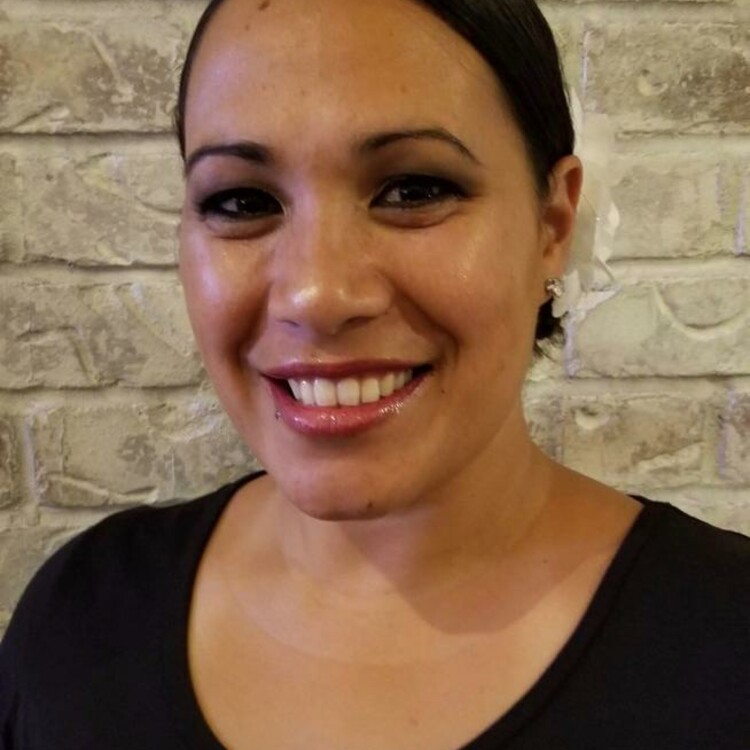
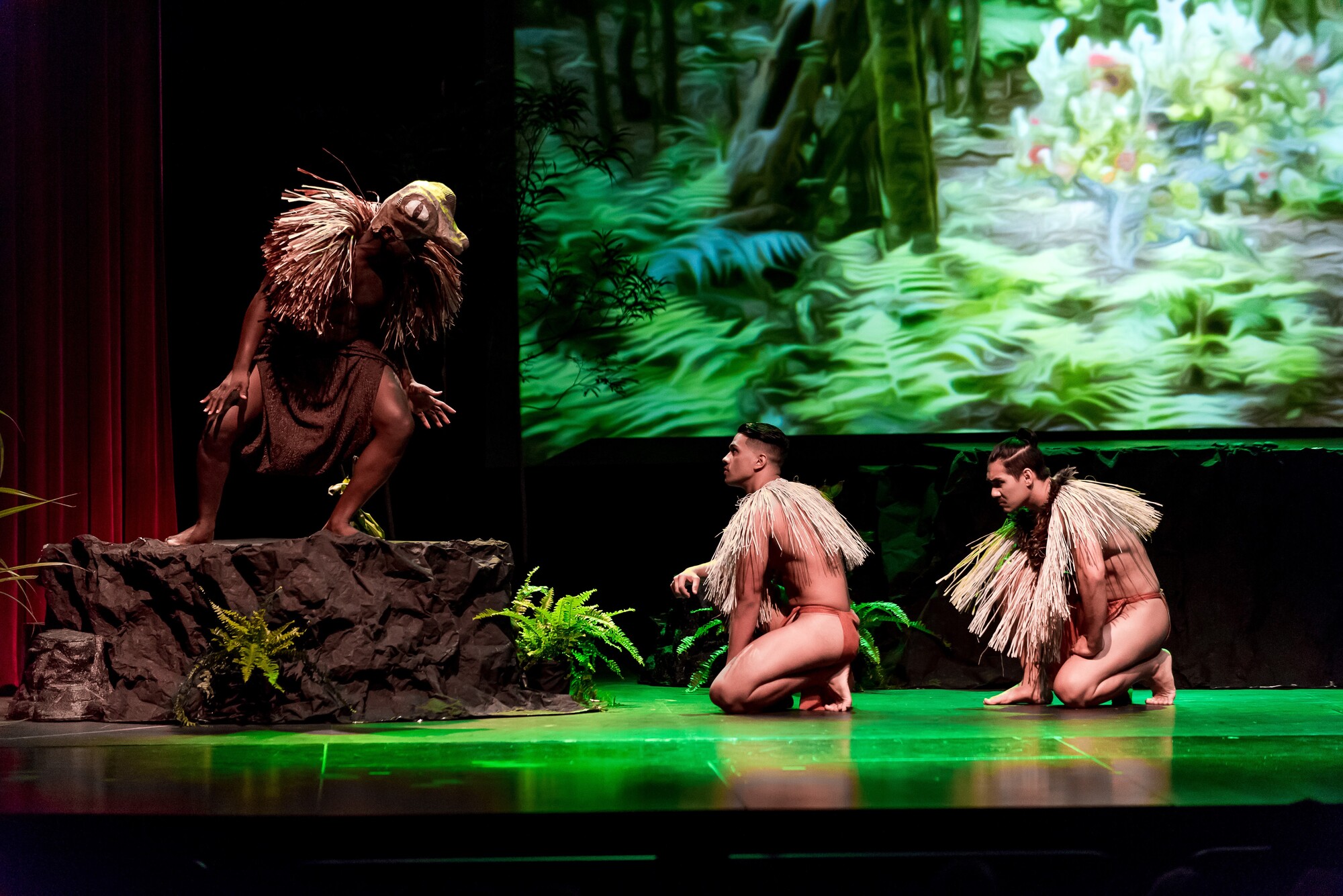
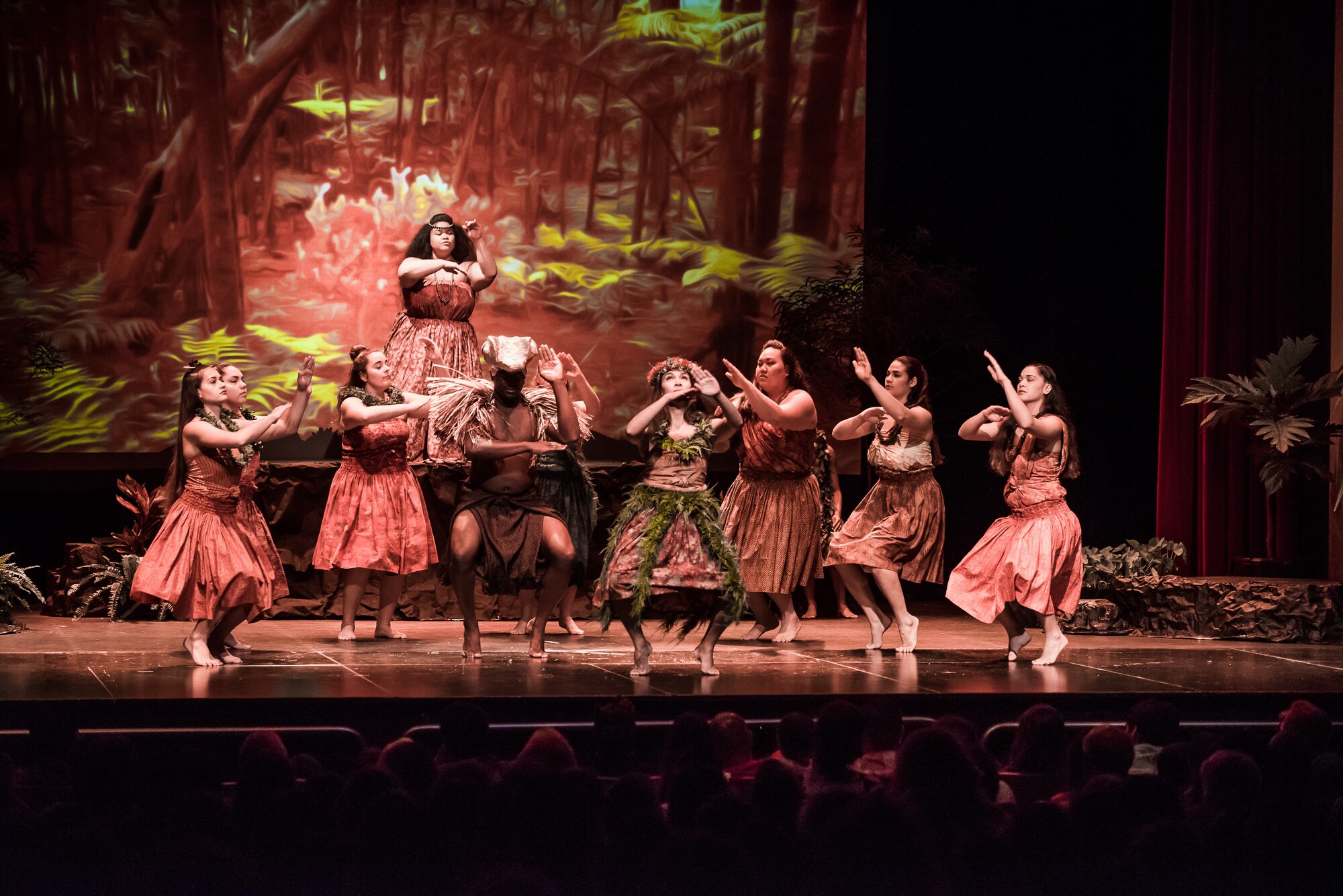
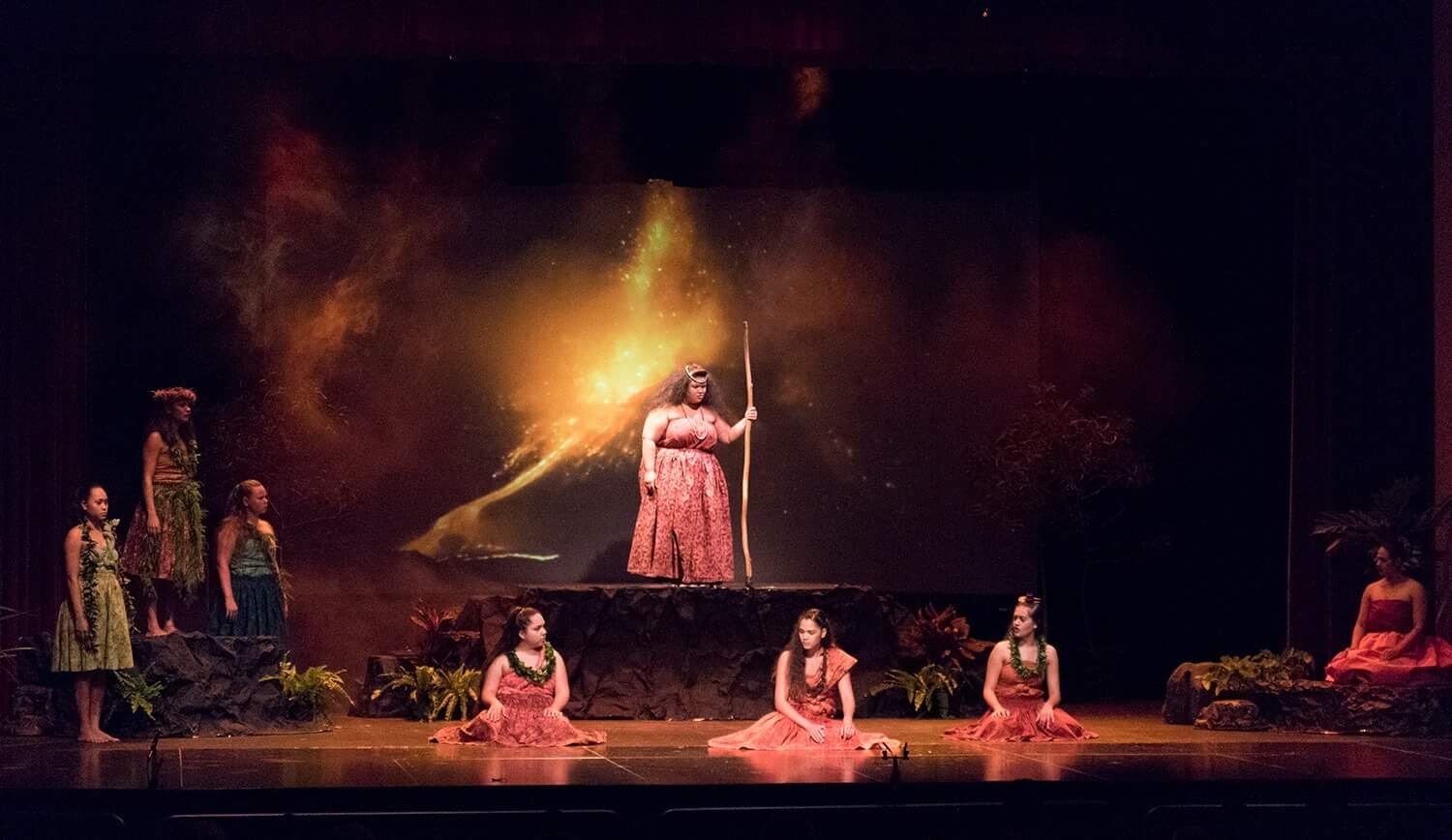
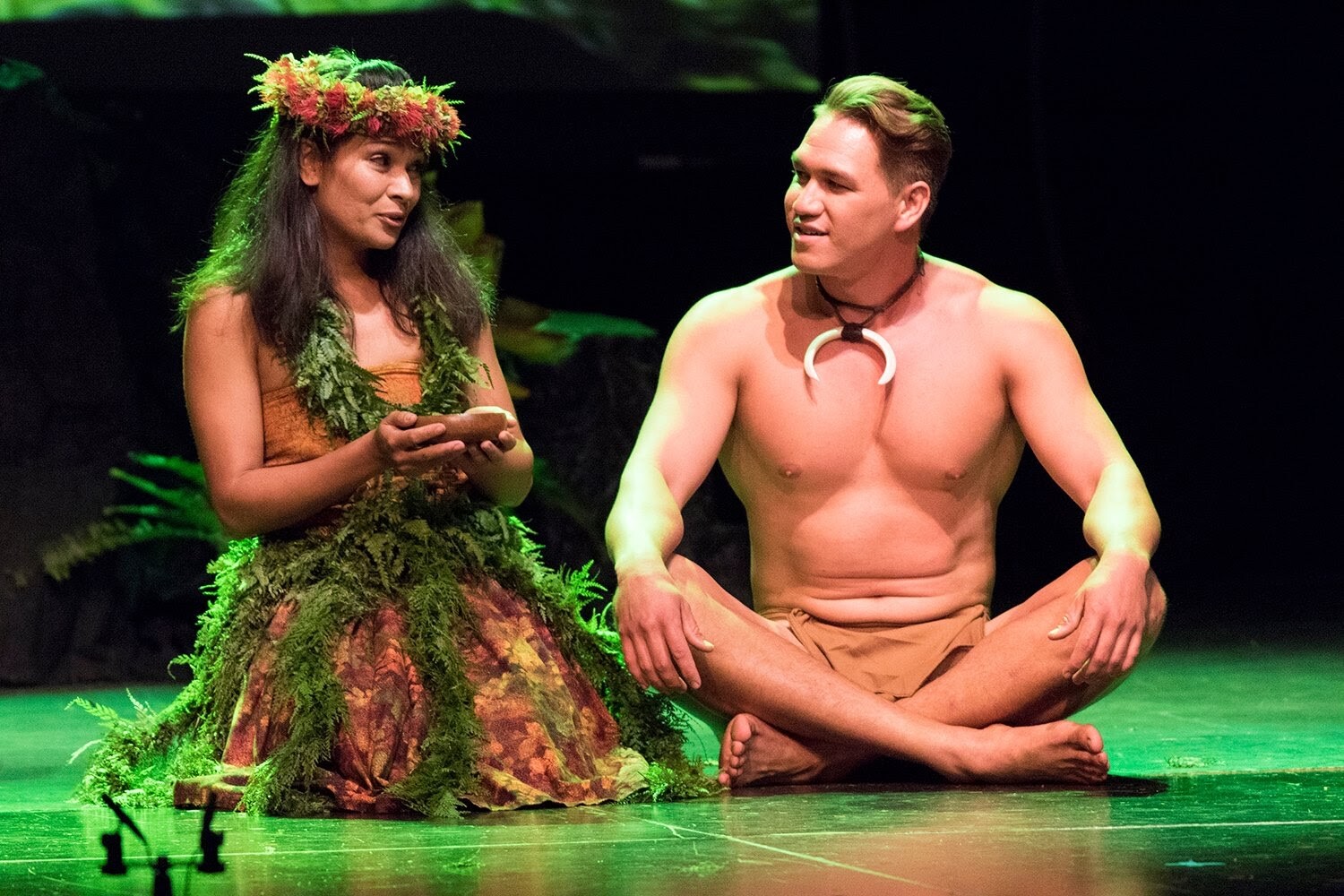
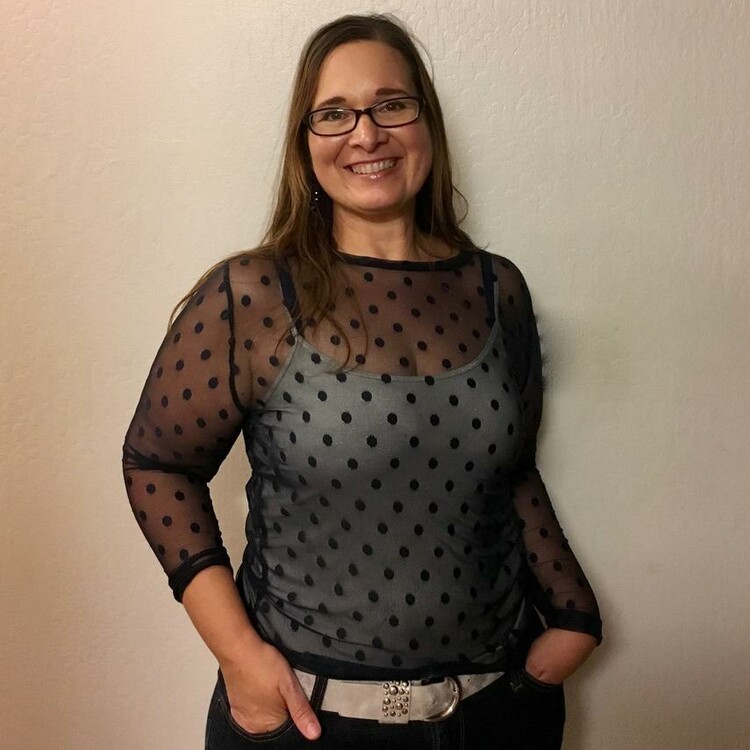
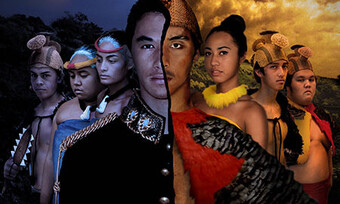

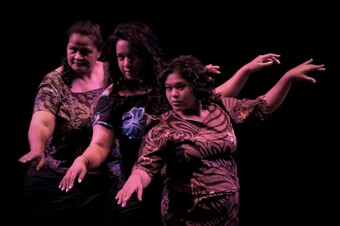

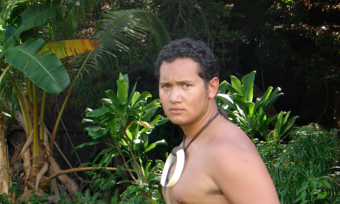

Comments
The article is just the start of the conversation—we want to know what you think about this subject, too! HowlRound is a space for knowledge-sharing, and we welcome spirited, thoughtful, and on-topic dialogue. Find our full comments policy here